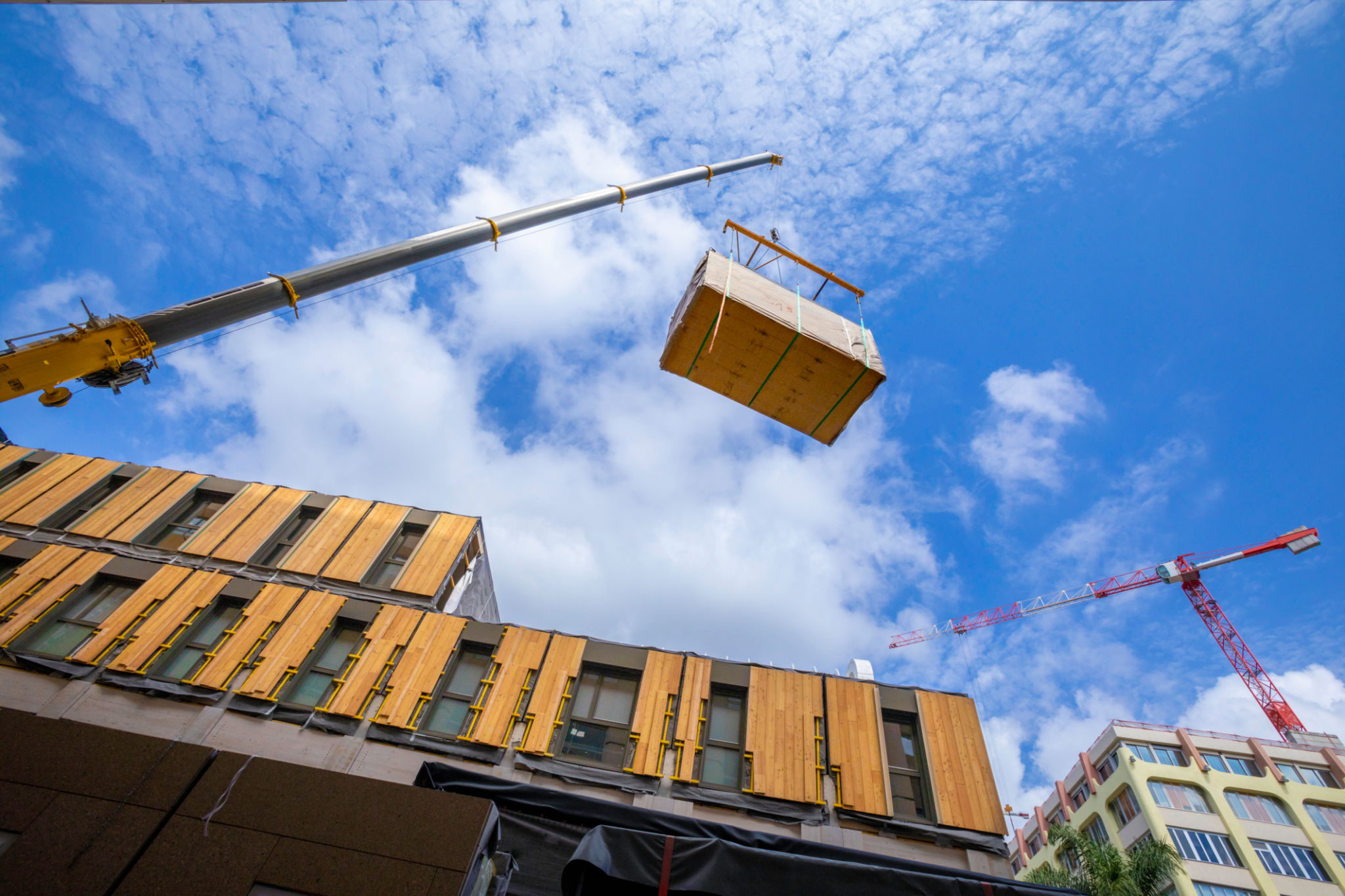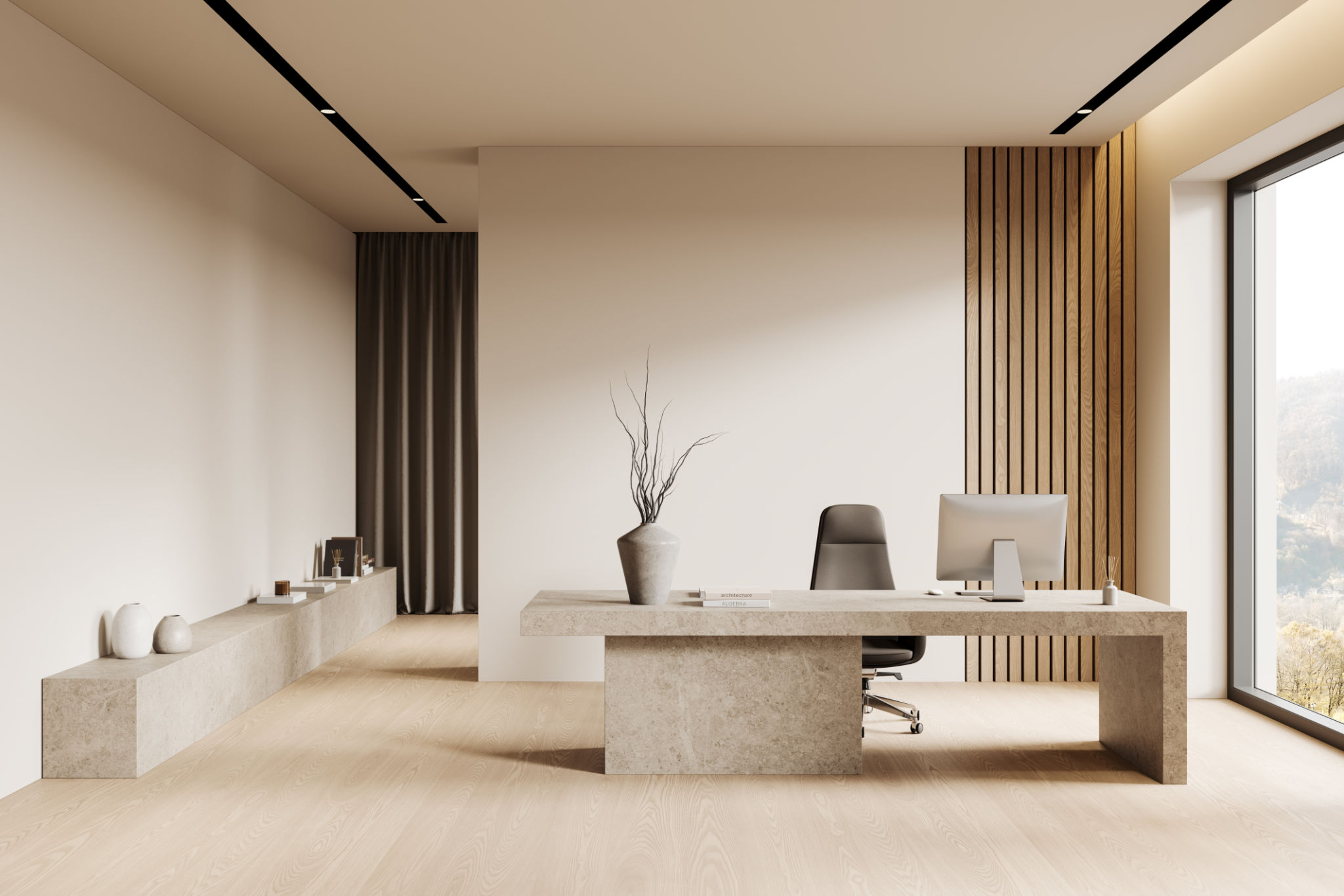Top Trends in Commercial Building in the UK: What You Need to Know
Introduction to Commercial Building Trends
The commercial building industry in the UK is continually evolving, driven by advancements in technology, shifts in consumer preferences, and environmental considerations. Understanding these trends is crucial for businesses and investors looking to stay competitive and sustainable. In this post, we'll explore some of the most significant trends shaping the commercial building landscape today.

Sustainability and Green Building Practices
One of the most prominent trends in commercial building is a strong emphasis on sustainability. The UK government has set ambitious targets for reducing carbon emissions, and the construction industry is responding with innovative green building practices. These include the use of sustainable materials, energy-efficient systems, and designs that maximize natural light.
Adopting sustainable practices not only helps the environment but also offers economic benefits. Buildings that are energy-efficient tend to have lower operating costs and can command higher rental prices. Investing in green technology is becoming a strategic priority for many developers.

Smart Building Technology
Technological advancements are revolutionizing the way commercial buildings are designed and operated. Smart building technologies, such as IoT (Internet of Things) systems, enable efficient management of resources by automating lighting, heating, and security systems. These technologies can significantly reduce energy consumption and enhance the user experience.
Moreover, smart buildings provide valuable data that can be analyzed to improve efficiency and comfort. This data-driven approach allows for more informed decisions regarding maintenance and operational strategies.

Flexible Workspaces
The rise of remote work and changing employment patterns have led to increased demand for flexible workspaces. Traditional office layouts are being replaced by adaptable environments that can be easily reconfigured to meet the needs of different businesses and teams. This trend is driven by the need for agility in an ever-changing business landscape.
Flexible workspaces are particularly attractive to startups and small businesses that require cost-effective solutions without long-term lease commitments. This shift is also influencing design choices, with a focus on creating open, collaborative spaces.
Emphasis on Health and Well-being
Post-pandemic, there's a heightened focus on health and well-being in commercial buildings. Developers are prioritizing features that promote physical and mental health, such as improved air quality systems, biophilic design elements, and access to outdoor spaces. These considerations are essential for attracting tenants who value a healthy work environment.
The WELL Building Standard has become a benchmark for evaluating the impact of buildings on human health, further driving this trend towards healthier commercial spaces.

Urban Regeneration Projects
Urban regeneration is gaining momentum across the UK, with numerous projects aimed at revitalizing city centers and underutilized areas. These initiatives often involve transforming old industrial sites into vibrant commercial hubs, integrating mixed-use developments that combine retail, office, and residential spaces.
This trend not only breathes new life into cities but also supports economic growth by attracting businesses and creating jobs. Urban regeneration projects are often tailored to meet modern sustainability standards, further enhancing their appeal.
Conclusion
The commercial building sector in the UK is undergoing significant transformation as it adapts to new trends and challenges. From sustainability and smart technology to flexible workspaces and urban regeneration, these trends reflect a broader shift towards creating more efficient, sustainable, and people-centric environments. Staying informed about these developments will be key for stakeholders looking to navigate the future of commercial building successfully.
